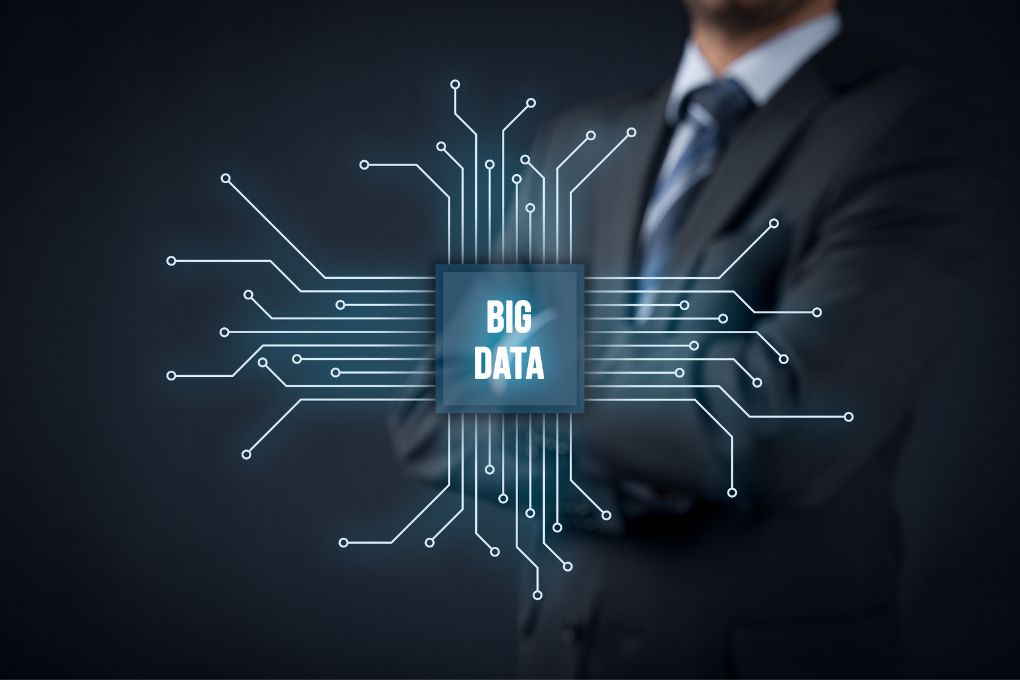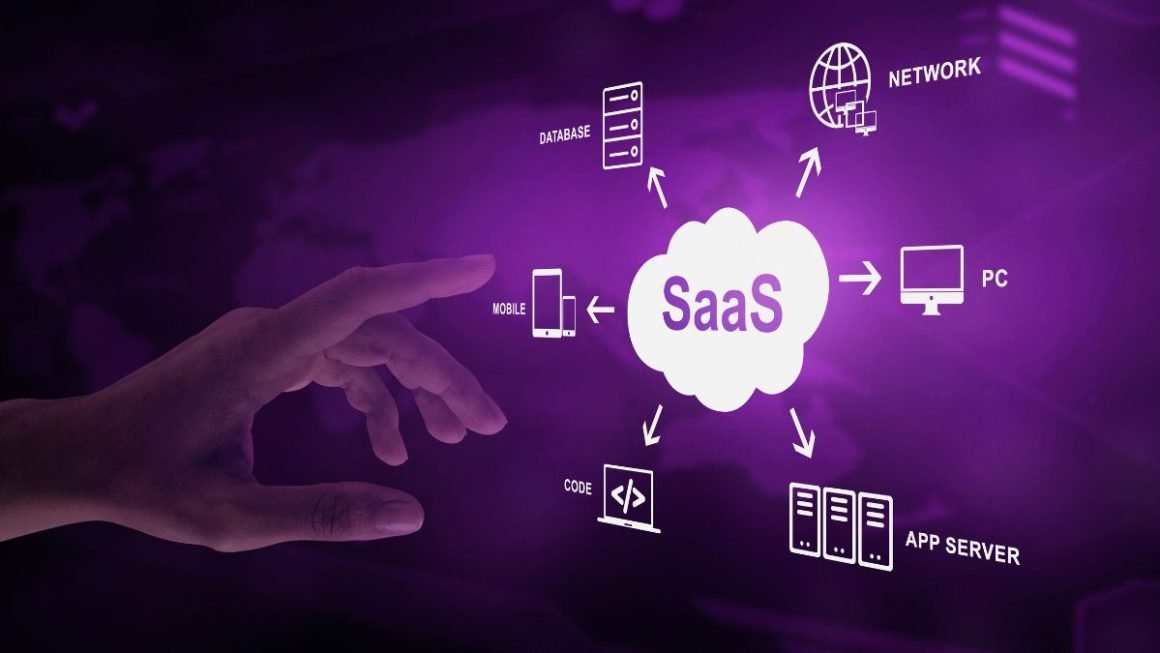Three Types Of Big Data Analysis: Today we all use various electronic devices for pleasure and for work. This use, on our part, produces a vast amount of data that is of extreme value not only for the information contained within it but for what companies can do with it.
We are in all respects in what is defined as the era of big data .
We all know that data is important, but what do companies do with it?
They can analyze them through different types of big data analysis and exploit them to direct their decisions.
What distinguishes the best analysts is precisely the ability to identify the type of analysis suitable for the specific situation, based on the activity or needs of the moment, to allow the business concerned to obtain advantages.
The goal of all types of extensive data analysis through which information is collected, interpreted, and shared is to provide material to improve corporate strategies.
In many realities, the big data analytics solution is now a habit. In contrast, it has yet to reach maturity in others, and it would be harmful to continue not to exploit this considerable resource. Let’s find out what we are talking about and the types of big data analysis.
Table of Contents
What is big data analytics?
When we talk about extensive data analysis, we refer to discovering and collecting big data (large volumes of various data that organizations quickly manage), interpreting them, and then communicating them to interested people so that they have tangible information that supports and direct the decisions.
Why is big data analytics so important?
A company that doesn’t base its choices on data has only a partial view of the market and therefore risks offering customers products or services they don’t really need. Those who rely on the analysis of big data instead have a true picture of the market situation and can propose ideas based on the real needs of consumers.
Contrary to what one might think, this is not a modern invention. As early as 1663, the British statistician John Grant used his skills to analyze an enormous amount of information about the rampant bubonic plague epidemic in Europe.
With the evolution of digital devices, big data has grown in number and quality and the relative methods of analysis have also evolved, always based on mathematical and statistical techniques .
How big data analysis is done
It would be best if you had some useful tools to manage big data to make the most of corporate data. These include software for finding and processing information, technology integration services, and calculations infrastructures.
The tools address several phases, which comprise the entire big data analysis process so that the information can be read and used by those who make decisions in the company. Let’s analyze all the steps together:
- Needs assessment: before starting with the analysis, the company’s project must be evaluated to understand the problems to be solved and the objectives of the analysis; a phase called “Requirement Gathering” is used to decide which is the best methodology with which to proceed;
- Identification of the sources: the next step is to find the sources from which the data that the company needs come, and here begins the “Data Collection,” i.e., the collection of data from the various sources;
- Data filtering: some can be damaged and must be eliminated in order to identify only those that are useful for business needs, a step which is also called “Data Cleaning”;
- Data extraction : in this phase they are extracted to prepare them for the actual analysis and then move on to calculations or archiving;
- Data aggregation: the data collected from the various sources are proposed in a summary format, a crucial phase for the correct elaboration of a corporate strategy;
- Data analysis: the information contained in the data is extrapolated with mathematical and statistical calculations;
- Visualization: the data are translated into graphical representations that can be read even by non-experts;
- Strategy : the final result of the analysis is discussed in the company.
Therefore, the main phases differ in collection, processing, cleaning, and analysis.
The three types of big data analysis
From the very beginning, we talked about different types of big data analysis because there is no single method for analyzing data. The techniques are divided into two macro areas :
- Quantitative: the data are expressed numerically and provide an overview of a given phenomenon;
- Qualitative: says why and how the phenomenon developed that way.
Let’s now explore the three types of big data analytics to understand what capabilities each one has and what it can offer an organization.
Descriptive analysis
Descriptive analytics do precisely what the name suggests, synthesize or describe the raw data and create something interpretable by humans.
Specifically, past events are analyzed, where past events refer to any time when an event occurred, whether a minute ago or a month ago. Descriptive analytics are helpful as they allow organizations to learn from past behaviors and help them understand how they might influence future results.
Descriptive statistics are helpful for showing, for example, the total amount of stock products in stock or the average spend per customer. Organizations, therefore, need to use descriptive analytics when they want to understand, at an aggregate level, what is happening in their society.
Predictive analytics
Predictive analytics is about understanding the future. It provides organizations with intuitive data-based information and estimates about the likelihood of a future outcome. But it is equally important to remember that no statistical algorithm can “predict” the future with 100% accuracy.
A common application of predictive analytics is to produce a credit score. These scores are used, for example, by financial institutions to determine the likelihood of customers making future payments on time.
Prescriptive analytics
Prescriptive analytics is all about counseling. Attempts to quantify the effect of future decisions to recommend possible outcomes before they are actually made. This relatively new field of big data analytics makes it easy for users to “prescribe” different possible actions to implement and drive the business toward a solution.
Prescriptive analytics predicts what will happen, explains why, and provides actionable recommendations that leverage those predictions.
Prescriptive analytics is complex, and most companies still need to start using them. However, when implemented correctly, they can have a big impact on how businesses make decisions and, in doing so, help them deliver the right products at the right time, thereby optimizing the customer experience.
Business Intelligence and data analysis
A little while ago, we saw what the methods of analysis are, namely the descriptive, the predictive, and the prescriptive. These types of analyzes are exploited today by a technology called Business Intelligence.
BI is essential today for companies to be able to make the right decisions because it combines Business Analytics , Data Mining and Data Visualization , as well as all the tools and infrastructures needed to make the calculations.
Business change is possible thanks to Business Intelligence.
There are many definitions of BI; in general, it includes the methods of collecting, storing, and analyzing data to help people within companies make decisions.
Thanks to the evolution that BI has experienced in recent years, today it has various internal processes. The first that interests us in the field of big data analysis is Data Mining , i.e. the use of technologies, statistics, databases and Machine Learning to discover classifications and correlations between large amounts of data.
The second to arouse attention is Data Visualization , ie the transformation of data into elaborate graphical representations that integrate graphs, tables and histograms to allow the interested company to read the information for strategic purposes.
In essence, the company presents itself with a series of unanswered questions and objectives to be achieved to which BI provides solutions through data analysis. It is, in fact, able to identify market trends, analyze customer behavior, compare competitors’ work, track performance, identify problems and errors, and discover how to obtain new profits.
The benefits of big data analytics
The different types of big data analysis allow companies to make that leap in quality that is still missing. This is because it has important advantages, including:
- Product improvement: through an accurate analysis of the market, trends and consumers, companies can create the right products and improve them over time;
- Risk management: thanks to big data, financial companies can identify and assess risk, frame threats, and monitor and control the context to manage risk better;
- Fast and efficient decision-making process: thanks to certain data, companies can greatly speed up the planning of strategies, and above all, they can create plans based on reality (demographic data, consumption, etc.) and not on guesswork;
- Improvement of the user experience: big data also explains what does not work in the company’s product or service by monitoring customer behavior and feedback which the company can remedy by increasingly refining its offer.
We can confidently say that big data analytics is critical to long-term business success.
Where does big data analytics apply
So far, we have talked generically about companies that use big data, but which are the fields where the analysis is more active?
Every business would have much to gain from the information gleaned during the analysis of corporate data. Let’s find out together which sectors in which data analysis is giving excellent results today:
- Marketing: it is the first sector we all think of when we talk about the study of data applied to business, and reality confirms it, as the study of big data is essential for the creation of high-performance advertising campaigns that allow the company to sell more and increase your profit;
- Finance: companies that use financial instruments can easily predict trends and risks thanks to big data to study what the market trend will be and to avoid any future fraud;
- E-commerce: online shops collect an exorbitant amount of data while customers are browsing and use them to study their behavior, predict trends and formulate increasingly attractive offers;
- Entertainment: those involved in advertising and entertainment can predict trends and study viewer behavior to broadcast the best shows;
- Education: now that courses have moved more and more from physical to virtual classrooms through e-learning, big data makes it possible to create experiences that are increasingly in line with the needs of students;
- Healthcare: the analysis makes it possible to study the clinical history of a patient and to predict which pathologies may occur in the future;
- Cyber Security: the massive use of digital devices to carry out the most diverse activities exposes users to risky cyber attacks, but thanks to big data, security companies can predict and protect customers.
Are you ready to try one of the types of big data analytics?
Whether a company has to decide when to open a store or when to advertise a new product launch campaign, the various types of big data analysis we have seen allow you to make well-considered choices aimed at success.
The more technologies progress, the more the study of the information collected becomes accurate and of support to entrepreneurs and professionals in all possible fields, from the government to private ones. Furthermore, it is to be hoped that machines will soon directly manage what is still the responsibility of man today, bringing analysis to levels of perfection never known before.
Also Read : IDFC Credit Card Offer Goodies For Domestic Travel: Details Here




